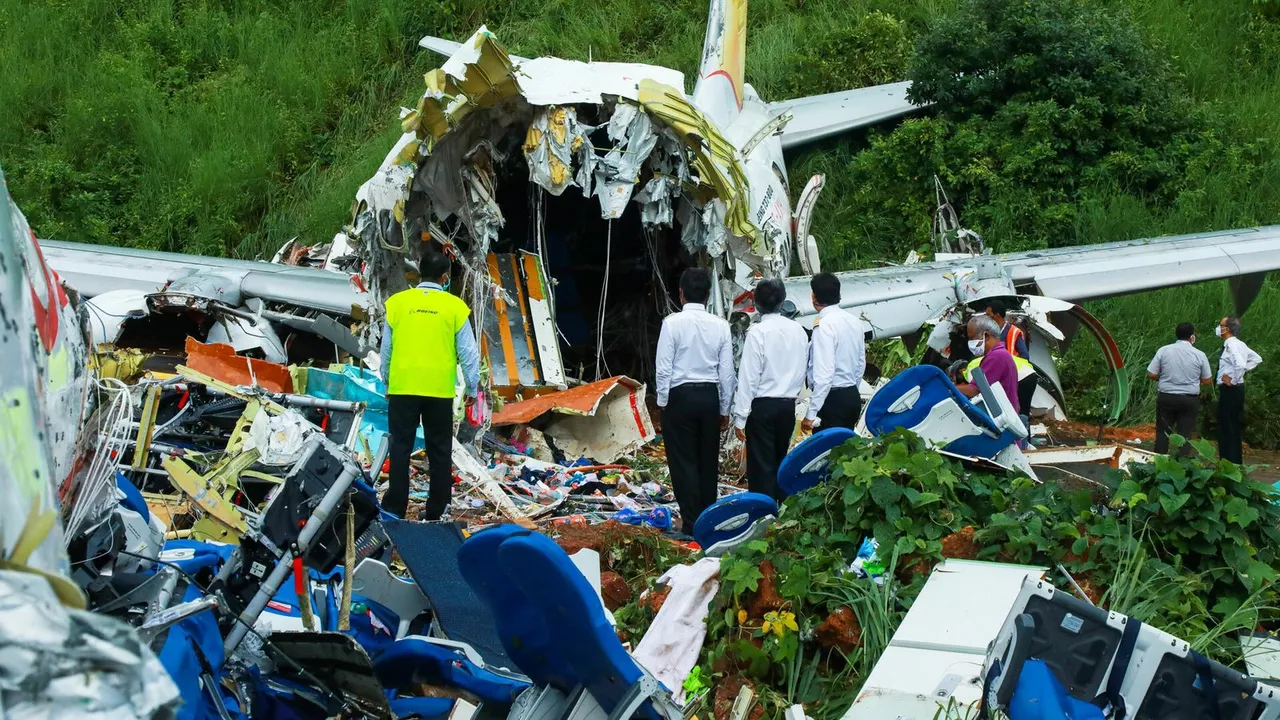The Downfall of Air India: A Historical Overview
In this article, we will delve into the history of Air India, the factors that led to its decline, and the major players involved in its downfall. We will also explore the consequences of the airline's collapse and discuss what its future might hold.
From a Promising Beginning to a Troubled Present: Air India's Journey
Air India was once a symbol of national pride, having been established in 1932 by the visionary entrepreneur J.R.D. Tata. The airline quickly gained a reputation for excellent service, and by the 1970s, it was considered one of the best airlines in the world. However, over the years, Air India has faced numerous challenges, including financial mismanagement, political interference, and outdated infrastructure, which have all contributed to its current dire state.
The turning point for Air India came in the 1980s when the government decided to nationalize the airline. This move resulted in increased bureaucratic control and a decline in the quality of service. In the following decades, the airline faced fierce competition from private carriers, both domestic and international, which further eroded its market share and profitability. In addition, a series of unfortunate incidents, including the tragic bombing of Air India Flight 182 in 1985, tarnished the airline's image and led to a decline in passenger confidence.
The Role of Government and Political Interference in Air India's Decline
One of the primary reasons for Air India's downfall is the undue influence of the government and political interference in its day-to-day operations. With the nationalization of the airline, political appointments became common, and the focus shifted from efficiency and profitability to catering to political interests. This resulted in a bloated workforce, inefficient operations, and a lack of accountability within the organization.
Over the years, the government has tried to revive the airline through various measures, including financial bailouts, but these efforts have been largely unsuccessful. The lack of a clear vision and long-term strategy for Air India, coupled with the prevalent culture of political interference, has led to a vicious cycle of mismanagement and decline.
Financial Mismanagement and Debt: The Albatross Around Air India's Neck
Another major factor contributing to Air India's troubles is its mounting debt and financial mismanagement. The airline's debt has ballooned to over INR 58,000 crore (approximately $8 billion), making it one of the most indebted airlines in the world. A considerable portion of this debt can be attributed to the purchase of new aircraft, which was done without proper planning or analysis of the market demand.
The airline's financial woes have been further exacerbated by high operating costs, inefficient utilization of resources, and a failure to adapt to the changing market dynamics. Despite receiving multiple bailouts from the government, Air India has been unable to turn the tide and continues to bleed financially.
Outdated Infrastructure and the Impact on Customer Experience
Air India's outdated and aging infrastructure has also played a significant role in its decline. The airline's fleet is one of the oldest among major carriers, with an average age of around 9.5 years. This has led to frequent technical issues and flight delays, causing inconvenience to passengers and tarnishing the airline's image.
In addition, Air India's lack of investment in modern technology has left it lagging behind competitors in terms of customer experience. While other airlines have embraced digital advancements, such as online check-in and mobile apps, Air India has been slow to adapt, resulting in a frustrating experience for passengers and a loss of market share to more innovative carriers.
Is There Hope for Air India's Revival?
Despite the numerous challenges it faces, there is still hope for Air India's revival. The government has recently taken steps to privatize the airline, which could bring in much-needed capital and expertise to turn the company around. However, any potential buyer will need to address the airline's massive debt and tackle the deep-rooted issues of mismanagement and political interference.
Ultimately, the revival of Air India will depend on a clear vision, strong leadership, and the implementation of much-needed reforms. While the road ahead remains uncertain, the hope is that the once-iconic airline can regain its lost glory and reclaim its place as a symbol of national pride.
